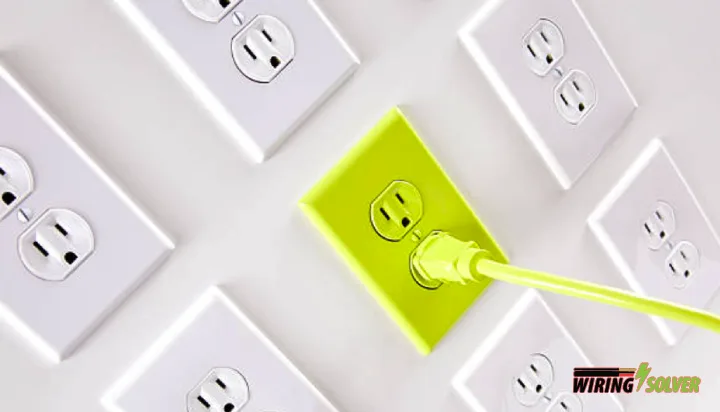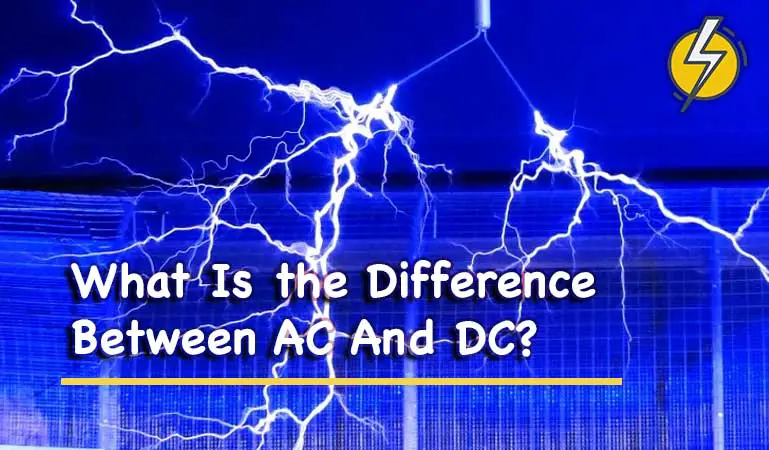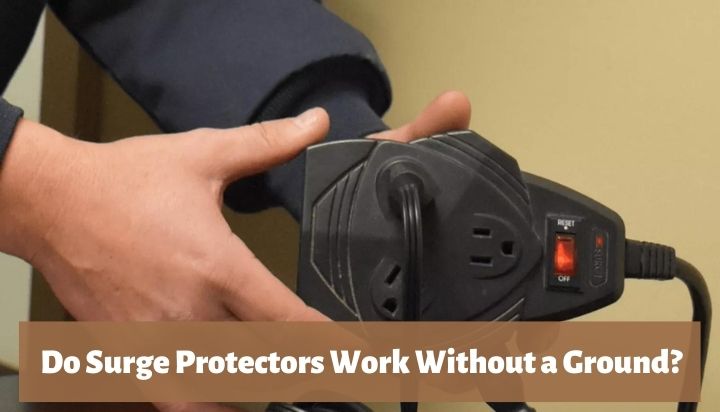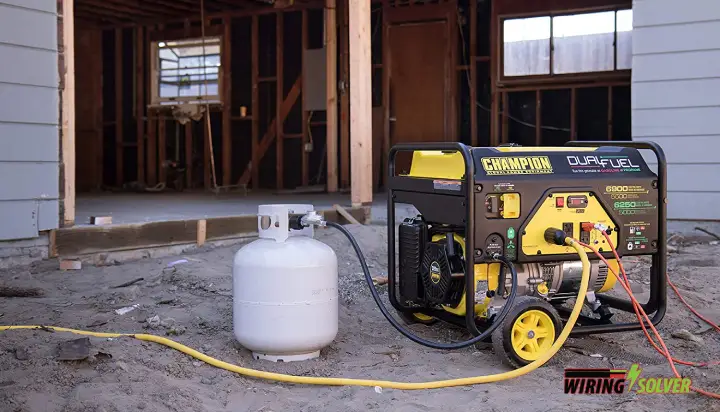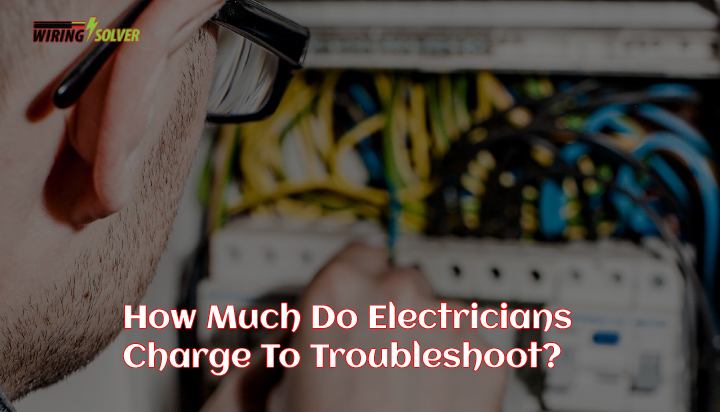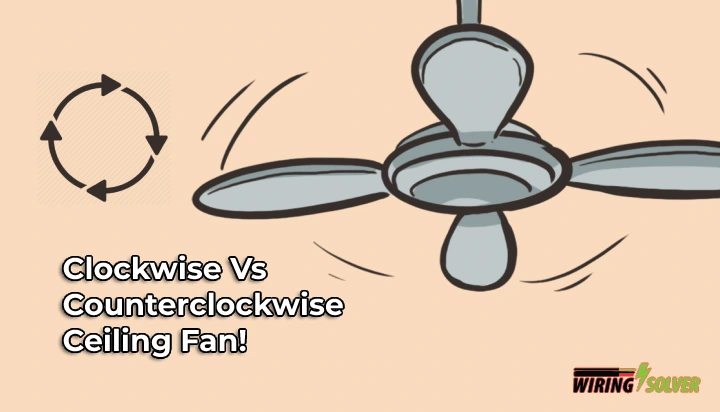So you just ordered a new hot tub or spa (or are thinking about purchasing one) and you want to know if your home’s electrical system will be up to the task of powering this new relaxation station. Specifically, you might be wondering what size electrical breaker is going to be required when your new hot tub or spa is installed, if you are going to need to hire an electrician to perform the electrical work, and how much this is going to cost you beyond the hefty sum you just paid for the hot tub or spa itself.
This article will help you with all of that and more. While I provide a quick bottom-line answer next, I encourage you to read this entire article so you will be fully informed regarding what goes into selecting the proper electrical breaker size for a new hot tub or spa.
1. The Short Answer: Most Hot Tubs Require A 50 Amp Electrical Breaker
Breaker Sizes For The Most Commonly Sold Premium Hot Tubs & Spas
Generally speaking, most new premium hot tubs or spas currently on the market will require hard-wiring into a double-pole 240 volt GFCI protected 50 amp electrical circuit breaker on a dedicated circuit. A few select hot tubs or spas will require 60 amp breakers, while hot tubs or spas with a lower cost or quality may only require a 30 amp or 40 amp breaker
Plug-And-Play & Inflatable Hot Tubs & Spas
Conversely, if you are purchasing a plug-and-play or inflatable hot tub or spa, you will be able to plug that directly into a standard household GFCI (Ground Fault Circuit Interrupter) outlet without the need for a new or dedicated electrical circuit or breaker.
The Breaker Size For Your Hot Tub or Spa Will Be Determined By Its Manufacturer
The answer for your specific hot tub or spa installation will be dictated by what the manufacturer requires as noted in the user and installation guides that comes with your purchase, and by any national, state, or local electrical ordinances which affect your location. Now that you know the most basic answer to the question of what size electrical breaker is needed for a hot tub or spa, be sure to continue reading for a more in-depth explanation and several important details I have included below.
2. Electrical Breaker Basics
Electrical Breaker Functioning & Why You Need One
As a reminder, an electrical circuit breaker is an electrical safety switch which interrupts the electrical current (flow of electricity) to protect you and the wiring in your home when there is a short circuit or when a particular wiring circuit (zone) becomes overloaded as the result of too much electricity being drawn by items which are plugged in or connected. For more you can read this great Wikipeda article on electrical circuit breaker basics.
When overloaded, wiring can become overheated and result in an electrical fire. So an electrical circuit breaker is an important safety device to protect both you and your home. I am certain I am not alone in having experienced “tripping” one or more of the electrical breaker switches in my home by plugging in too many devices in one area.
How The Size For An Electrical Breaker Is Determined
The size and electrical requirements of the electrical breakers in your breaker box will vary according to the area of the home they are responsible for protecting, which will understandably correspond to the planned power demands of that area of your home. The size requirements of a particular electrical breaker to be used is determined by two factors:
Factor #1: Power Usage
First, how much power will be used by the household items or appliances that will be plugged into the particular wiring circuit for which it is responsible. Standard-sized household electrical circuits are often of the 120-volt variety, and are most often protected by a 15 amp size breaker.This setup is more than sufficient to handle most household electrical items and lights that might be plugged in for a particular area in a home.
See our related article “How Many Lights & Outlets Can You Place On A 15 Amp Circuit”.
As power demands increase, such as with individual appliances like washers and dryers, these needs are often powered by larger 240-volt circuits and may be protected by a dedicated breaker of 20 to 60 amps, which is most often the case with a spa or hot tub installation.
Factor #2: The 80% Rule
The second factor which determines what size electrical breaker is needed for a particular area of your home is the “80% rule”. The 80% rule is promulgated by the National Electrical Code (NEC) and states that electrical circuit breakers should not be loaded to exceed 80% of their current rating. For example, if an electrical circuit and its corresponding breaker is rated for 60 amps it should not carry an electrical load of more than 48 amps.
3. Size Requirements For Breakers In Typical Hot Tubs & Spas
Now that you have a good grasp of what an electrical breaker is and does, why they are needed, and how the needed size of an electrical breaker is determined, let’s turn our attention to applying that knowledge to the purchase of a new hot tub or spa for your home.
Hot Tub & Spa Power Usage
Most hot tubs and spas on the market today consume a large amount of electricity. You will see why this is the case as you think about the many spa and hot tub features that need a power source. These include but are not limited to a large heater, the pump(s), the jets, lights, and any other accessories that might be included. Some premium hot tubs or spas even include speaker systems. Thus, we can logically conclude that a normal breaker is not going to be sufficient for our new hot tub or spa.
Most Common Electrical Breaker Sizes For Hot Tubs & Spas
All of the electricity usage we just discussed results in the need for most hot tubs and spas to be on their own dedicated wiring circuit. This means you will have to install new wiring from your main breaker box to the hot tub, as you won’t be able to connect your hot tub to existing wiring that serves other electrical outlets or devices in your home. The large amount of electricity consumed by a hot tub or spall will also require the installation of a higher amperage circuit breaker than is required for most other household appliances.
Hot tubs and spas that are common in today’s market will most often require being hard wired into a double-pole 240-volt 50 amp GFCI protected dedicated electrical breaker. Some hot tubs will even require a similarly situated 60 amp electrical breaker. Many of these hot tubs will note their electrical usage as 40 amps or 48 amps, correspondingly requiring the 50 amp or 60 amp electrical breaker be used in order to comply with the 80% rule.
For reference, a Siemens branded 240 volt, double pole, 50 amp GFCI protected breaker can be purchased on Amazon for roughly $100 as of when this article was written in June of 2023.
While 50 amp electrical breakers are most commonly required for hot tubs and spas, there are some lower-end hot tub and spa models which may only require a 30 amp or 40 amp electrical circuit breaker
Dedicated Circuit & Electrical Panel Requirements
Because your new hot tub or spa should not share a circuit with other appliances, you will need to ensure that your main electrical breaker panel either already contains a correctly sized electrical circuit breaker which is not being used, or has room for the installation of a new breaker of the appropriate size.
As a note, there are some hot tubs or spas, such as those manufactured by Hot Spring Spas which will require not one, but two dedicated and independent electrical circuits, which will correspondingly require two separate electrical breakers.
Your Hot Tub’s Electrical Breaker Size Will Be Determined By Its Manufacturer
The specific requirements for the electrical circuit breaker for your particular use case will be dictated by the manufacturer of your hot tub or spa and will be found in your user manual or installation instructions. These requirements will be based on how much power your hot tub or spa will consume. More stringent requirements may also be imposed by the electrical codes governing your property.
Accordingly, you should always consult the user manual and installation instructions for your hot tub or spa, as well as your national, state, and local electrical codes. If you have any questions, you should always consult a licensed and certified electrician. It is also a good idea to contact the manufacturer of your hot tub or spa if you need clarification or assistance during installation.
4. Electrical Breaker Size Requirement Examples – Three Top Rated Hot Tubs
For some practical examples of what we have discussed so far, let’s take a look at the electrical breaker size requirements for a few of the top rated hot tubs and spas found on the Forbes Magazine “2023 Best Hot Tubs” list.
Best Rated Extra-Large Hot Tub: Lifesmart’s LS600DX
First up is Forbes’ best rated extra-large hot tub, the LS600DX manufactured by Lifesmart. This top of the line hot tub fits seven people and has a mind-blowing 65 jets. As you can imagine, this larger spa has a larger heater and pump all requiring more power than smaller options. The manufacturer’s installation guide notes the electrical requirements for this hot tub include a 230 volt 50 amp circuit with GFCI protection and a corresponding breaker (in North America, the terms 230V and 240V both refer to the same system voltage level).
Best Rated “Splurge” Hot Tub: American Spas’ Premium Acrylic Lounger
Next, we take a look at what Forbes’ considers the best “splurge” hot tub which is the American Spas six-person Premium Acrylic Lounger hot tub that comes complete with a bluetooth sound system and LED lighted waterfall. The manufacturer of this hot tub also requires a 240 volt 50 amp GFCI protected circuit and corresponding breaker for installation.
As you can see, each of these first two premium hot tubs we have looked at require a 240 volt 50 amp GFCI breaker.
Best Overall Rated Hot Tub: Lifesmart’s LS100DX
Last but not least is Forbes’ best overall rated hot tub – the LS100DX by Lifesmart. This spa is significantly smaller, fitting just four people with only 20 jets. This model is a 110 volt plug-and-play hot tub, and you can plug its GFCI power cord directly into a common household power outlet. See our note towards the end of this article regarding plug-and-play and inflatable hot tubs which do not require the installation of a new electrical circuit or breaker.
5. Should You Install The Electrical Breaker For Your Hot Tub Or Spa Yourself?
While detailed instructions for the installation of your new hot tub or spa and its electrical circuit wiring and breaker are beyond the scope of this article, there are a few things you should know which will help you evaluate if this is a project you should try to tackle yourself, or if you are better off hiring a licensed electrician.
New Wiring: Cutting A Hole To Access Your Main Panel & Trenching
First, because most hot tubs and spas are installed outdoors, it will usually be necessary to install new hot tub wiring within flexible conduit from the home’s main electrical control panel box to a sub-panel and then to the hot tub or spa panel. This will often involve cutting a hole through brick, siding, or concrete, as well as digging a trench to ensure the wiring is properly buried underground.
If you are ready to tackle this part of the project on your own, see our guide for “What Size Wire To Use For 50 Amps Over 150 Feet of Distance”.
Installation of A Sub-Panel Box
Secondly, most hot tub and spa installation instructions, as well as electrical codes, require the installation of what is called a “sub-panel”, which can serve as a manual disconnect box to prevent false tripping. This sub-panel will need to include its own GFCI breaker at least the same size or larger than the size of the breaker in the main electrical breaker box (relatedly, see our article “Where On A Circuit Should GFCI’s Be Placed”). The National Electric Code (NEC 680-38 to 41-A-3) and most installation instructions will require this sub-panel to be located no less than five feet from the hot tub or spa. A great instructional video for how this process is completed is included below.
A Code Inspection Will Often Be Required
Lastly, per local codes the installation of the new wiring to be buried and a new electrical breaker in many cases will require inspection and approval by the local code authority.
Rely On A Licensed Electrician
As a result of the above requirements, unless you have extensive experience dealing with electricity and installing electrical wiring, electrical breakers, and other electrical components in your electrical panel, it is STRONGLY recommended that you hire a licensed and qualified electrician to perform the installation of any needed electrical circuit wiring and the electrical breaker that will service your new hot tub or spa. As a new hot tub owner, the peace of mind that comes from knowing the installation of wiring and electrical breakers was properly completed will far outweigh the cost (and yes, from experience, I know that hiring a local electrician can be expensive).
6. No New Breaker Required Hot Tub & Spa Options
Do you want to skip installing a new electrical breaker? There are some no-new-breaker-required low volt spa and hot tub options that might be right for you.
If you are thinking you might not want to go to all of the trouble and incur the extra expense of installing a dedicated electrical circuit and a new electrical breaker, or hiring an electrician to do so for you, then an inflatable or plug-and-play hot tub or spa (also commonly referred to as a 120 v spa) might be the perfect option for you.
Amazon’s best selling inflatable hot tub fits four people, is shipped directly from Amazon, and is typically sold for less than $400. Although not as luxurious as a more traditional hot tub or spa, these options can be far less expensive and have the added benefit that you can plug their GFCI power cord directly into a standard household electrical outlet. No installation of new electrical wire or a new hot tub breaker is needed.
7. Conclusion
Hopefully this article was a helpful walk through some of the details of how one determines the needed size for an electrical breaker when installing a new hot tub or spa. As was discussed, some lower end hot tubs and spas may only need a 30 amp or 40 amp breaker, but most hot tubs and spas on the market today will be required to be hard-wired into a double-pole 240 volt 50 amp GFCI protected electrical breaker, with some even requiring a 60 amp breaker.
The size of electrical breaker needed for the installation of your new pool or spa will of course be determined by the manufacturer requirements as listed in your user manual or installation guide, as well as your local electrical codes. Remember, dealing with electricity, especially around water, can always be dangerous. If you don’t have the necessary experience to install the electrical components of your new hot tub or spa properly, hire a licensed electrician to give you the peace of mind that the work is done safely and correctly.

